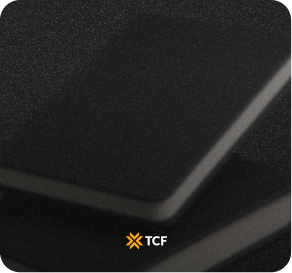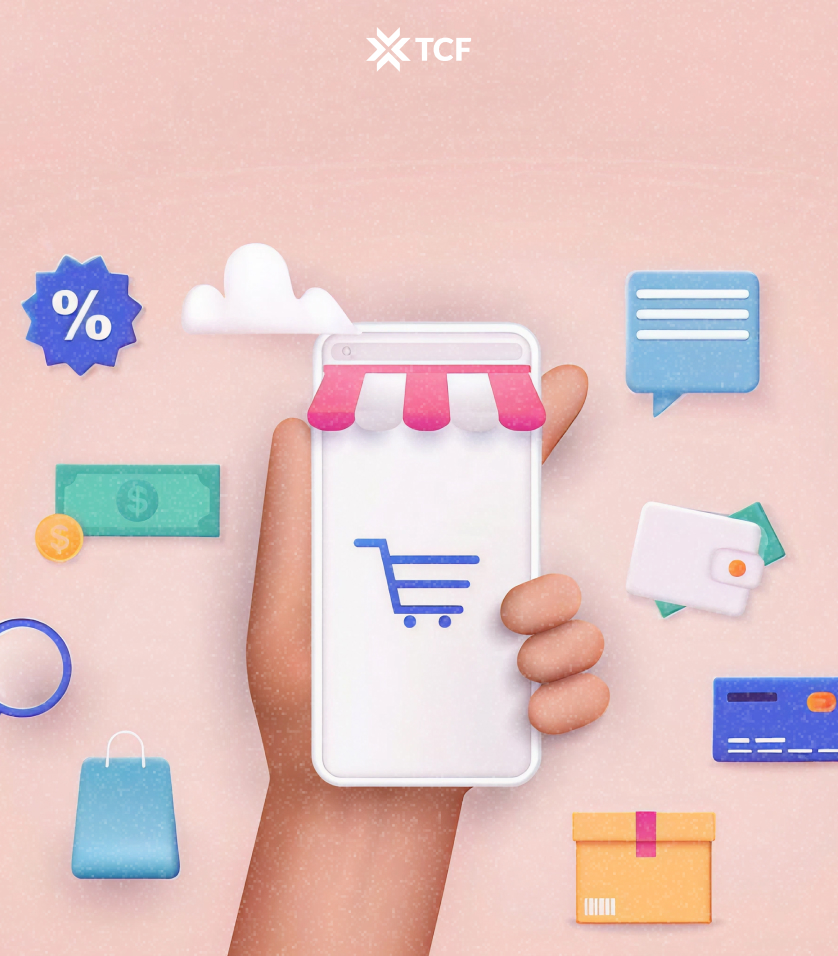Top dog or underdog?
When it comes to your pet shop website, design decides which side you land on.
A slow, cluttered, or cookie-cutter store instantly puts you in the underdog camp, no matter how great your products are.
Pet parents are careful shoppers. They want a site that feels professional, easy to use, and built with their pets in mind. If your store can’t deliver that, they’ll bounce to the next brand without a second thought.
Winning sites stand out because they guide shoppers with clear navigation, highlight products with visuals that feel real, and weave brand personality into every detail. They build trust at every click and turn browsing into buying.
Let’s break down the design choices that make a pet shop website work, with practical tips and real examples you can apply right away.
[[cta5]]
Core Design Elements Every Pet Shop Website Needs
A great pet shop website feels built for pet parents from the first click. These are the elements that turn a store from a generic template into something that inspires trust and loyalty.
Navigation and site structure
Pet owners shop by need, not by vague categories.
Organize menus around real-life use cases: “Shop by Pet” (dog, cat, bird, reptile), “Shop by Life Stage” (puppy, senior cat), or even “Shop by Goal” (training, grooming, health).
Filters like breed size or dietary requirements (grain-free, sensitive stomach) make finding the right product faster and build trust that your store understands pets’ needs.
Visual branding and trust signals
Pet shops thrive when the design feels warm and authentic.
Use colors that reflect your brand personality: playful for toy shops, calm and natural for health-focused stores.
Showcase reviews with pet photos (like a dog actually chewing the toy or a cat curled up on the bed) rather than faceless text.
Add clear trust cues like “vet approved,” cruelty-free badges, or partnerships with shelters to show you care about animals, not just sales.
Product pages that convert
Pet parents want details that help them make safe choices.
Include nutrition labels for food, size charts for collars, or durability notes for toys.
Lifestyle photos work best when they feature real pets: a Labrador tugging the rope toy, a parrot climbing a perch.
Short, clear bullet points (“safe for puppies,” “hypoallergenic material,” “machine washable”) answer questions before shoppers even think to ask.
Checkout and mobile UX
Many pet purchases are routine or last-minute (like running out of food). A quick checkout builds loyalty.
Offer autoship or subscription options, multiple payment methods, and fast guest checkout.
On mobile, keep things thumb-friendly: a sticky cart button, clear progress bar, and one-tap reorder make the experience smooth for busy pet parents who are often shopping on the go.
Design Tips That Actually Work for Pet Stores
Pet owners shop differently from most online customers. They think in terms of breeds, habits, and daily routines, and the best websites reflect that.
Below you’ll find pet shop ecommerce tips that focus on design details, the kind of small changes that remove doubt, spark delight, and make buying feel natural.
1. Breed and size visual cues
Don’t make pet owners guess.
Use icons, silhouettes, or comparison charts directly on category and product pages.
For example, a small dog icon next to XS collars or a large-breed silhouette next to a 50lb food bag. These design cues instantly reassure shoppers they’re picking the right product.
2. Autoship built into design flow
Subscriptions only work if they’re visible at the right moment.
Place toggle-style design elements (“One-time purchase” vs. “Autoship & Save”) directly under the price on product pages.
Visually differentiate them with color contrast so customers recognize the option at a glance.
3. Lifestyle-driven product bundling
Go beyond generic upsells.
Use layout blocks that group items into natural pet-owner scenarios: “New Puppy Starter Kit” or “Travel Essentials.”
Product bundling should feel like a mini collection page inside the product page, designed with clear dividers and bold CTAs.
4. Engaging micro-interactions
Inject small, playful touches into the UI.
Hover states that swap to lifestyle images (a cat actually batting the toy), paw-print loaders, or cart icons that wiggle when filled.
These micro-interactions reinforce brand personality without slowing performance.
5. Smart product comparison visuals
For categories like food or supplements, a visual comparison grid beats long descriptions.
Show columns with flavor, protein source, and pet life stage in clean icons or badges.
It reduces decision fatigue and drives faster conversions.
Adding product recommendations alongside comparisons, like “Customers with senior dogs also bought joint supplements”, helps shoppers feel guided instead of left to guess.
6. Mobile-first reorder design
Reorders drive lifetime value, so design for them.
On mobile, use a sticky “Reorder” button in account pages with pet icons representing past purchases.
Keep it one-tap simple. No hunting through order history.
7. Playful brand personality
Pet shops have an advantage most industries don’t: pets already make people smile. Sites that lean into humor and creativity feel more engaging and trustworthy. Think witty copy on product descriptions, illustrated icons that match the brand voice, or fun seasonal graphics. These touches don’t replace clarity or usability, but they make the experience more memorable and show that real humans are behind the store.
8. Seasonal homepage takeovers
Pet shopping is highly seasonal (Halloween costumes, summer cooling mats, holiday treats).
Design hero sections that visually shift with the season: themed color palettes, banners with pets in seasonal gear, and timely category CTAs.
These seasonal updates don’t only make your site feel fresh, they also sync perfectly with pet shop’s social media marketing, since you can carry the same visuals into posts and ads for a cohesive brand feel.
Common Mistakes That Hold Back Pet Shop Websites
Many pet stores fail not because of their products, but because their websites create friction or fail to inspire trust. These are the mistakes that regularly cost sales and loyalty:
Overcrowded layouts
Too many banners, overlapping promotions, and endless carousels make a site feel noisy and confusing. Pet parents want clarity, not clutter. Clean spacing, focused headlines, and one clear CTA per screen keep attention where it belongs.
Generic, template-heavy design
When a store looks like it was copy-pasted from a default Shopify theme, it blends into the crowd. Without custom touches, like branded icons, pet-centric visuals, or playful typography, it feels less trustworthy and memorable.
Hidden or weak calls-to-action
Burying “Add to Cart” buttons below the fold or making CTAs blend into the background frustrates shoppers. Clear, bold buttons that stand out in a contrasting color are essential for smooth conversions.
Poor image quality
Low-res or inconsistent product photos instantly kill trust. Shoppers need crisp images that show details and, ideally, lifestyle shots with pets in action as we’ve discussed. Anything less looks unprofessional.
Clunky mobile experience
Most pet parents shop from their phones. If navigation, filters, or checkout feel awkward on small screens, abandonment spikes. Mobile-first design should be the rule, not the afterthought.
Real-World Pet Store Examples and What to Learn From Them
It’s one thing to talk about design tips, but it’s easier to see how they play out on real sites. Here are a few pet shop websites that get it right in their own way, with lessons you can borrow for your own store.
Fable Pets
Minimalism is their superpower. Fable Pets keeps the focus on clean layouts, wide lifestyle images, and simple navigation that makes every product feel intentional. The design breathes, and that breathing room creates trust.
Design details to notice
- Hero section: a single bold product photo with a pet in the shot, instantly showing use-case.
- Product grid: consistent imagery, neat spacing, and product names that are short and scannable.
- Bundled items: crate + bed sets are highlighted visually rather than buried, guiding upsells naturally.
Takeaway: Clarity wins. When you combine stripped-back layouts with authentic pet imagery, you get a premium feel that reassures shoppers they’re in the right place.
Poopail
Poopail leans fully into its quirky identity. Partnering with TCF, the brand built a site that mirrors its bold, playful personality. Bright colors, cheeky fonts, and humor-driven visuals instantly communicate what the product is about and make the store unforgettable.
Design details to notice
- Branding: strong, consistent use of bold colors and typography that fit the lighthearted product.
- Hero imagery: the product shown in action, so visitors immediately get how it works.
- Product pages: clear demonstration visuals that explain the concept fast — no need to dig through text.
- Social proof: reviews often paired with customer photos, keeping the experience authentic and entertaining.
- Seasonal refreshes: banners and visuals change with holidays like Valentine’s, Christmas, or Easter, keeping the site fresh for repeat visitors.
Takeaway: A niche product can own its space by leaning into personality. Playful, thematic design that changes with the season keeps shoppers engaged and helps Poopail stand out against more “serious” competitors.
Heads Up For Tails
Warmth and color define this store. Heads Up For Tails balances playful branding with smooth navigation, creating an experience that feels inviting but never chaotic.
Design details to notice
- Homepage banner: seasonal campaigns (like summer kits or festive treats) that instantly set the mood and keep the site feeling current.
- Navigation menu: labeled with familiar, pet-parent language such as “Grooming Essentials” or “Cat Toys” instead of generic ecommerce terms.
- Category pages: filters for breed size and life stage shown visually, so shoppers quickly know what’s relevant to their pet.
- Reviews and UGC: product pages feature customer-submitted pet photos, blending trust with personality.
Takeaway: Good design connects. By pairing intuitive menus with seasonal flair and authentic customer photos, the site makes shopping feel personal and trustworthy.
Conclusion
A strong pet shop website feels clear, trustworthy, and built with pet parents in mind. Every design choice matters, from navigation and product photography to checkout flow and mobile experience.
Great examples show how different approaches work. Fable Pets demonstrates the power of clean minimalism, Poopail thrives on bold personality, and Heads Up For Tails creates warmth with playful design and smart navigation. Each path leads to the same goal: a site that builds trust and makes buying simple.
Start with the basics: tidy layouts, real pet imagery, and smooth checkout. Then layer in design elements that match your brand’s identity, like seasonal banners, breed-based filters, or playful UI touches.
Design done well turns a store into a destination. Pet parents leave with confidence, and your brand earns loyalty with every visit.
[[cta5]]






.png)


.png)


.jpg)

.jpg)